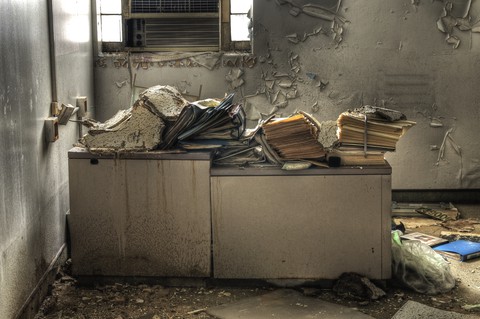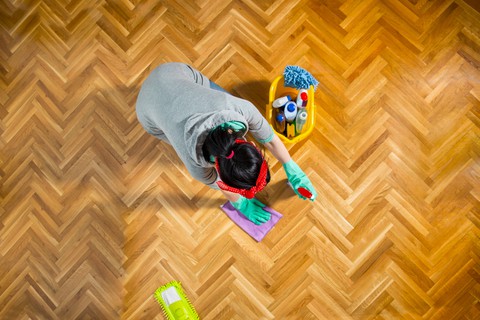Are you are prepped and ready for a big office spring clean? That’s what we like to hear.
There is nothing like starting a new season off with a thorough tidy and a deep clean. Floors, surfaces, equipment – even your old files and emails can do with a good going through.
Of course, sometimes you need a little extra help to get everything to a level where you are starting from a clean slate. That is where professional office cleaning services like those offered by Relkogroup come in.
We can deep clean your carpets, sanitise the surfaces, and even clean and restore outside spaces and masonry work. Our extensive list of comprehensive services, coupled with more than four decades of experience, makes us the ideal choice for your big office clean.
Before you book a one-off deep clean and carry on with the rest of your year though, be sure to make arrangements for regular cleans. You don’t need the carpets scrubbing or the office deep cleaning every week, but you do need regular visits from a cleaning company, to keep on top of it all and ensure your company has a pleasant, hygienic and safe environment to work in.
Germs and bacteria spread quickly, especially in busy public spaces like workplaces. Everything from coffee canisters and keyboards, to door handles and desk surfaces is at risk from unwashed hands, unwatched coughing and sneezing, and general germs and grime.
If you still aren’t convinced you need to invest in weekly professional cleans, as well as quarterly or annual deep cleans, read on. Below, we have listed just three of the most-used areas in the average office; all of which are dirtier than the average toilet (source).
Your QWERTY Keyboard
Per square inch, the average keyboard is said to have 3295 microbes. This is a staggering 67 times more than the average toilet seat, which has just 49 microbes per square inch.
Your keyboard puts up with grubby mitts, spilt drinks, dropped crumbs and bacterial showers in the event of coughs, sneezes and the like. With all of this going on, it is no wonder that the QWERTY gets dirty! Regular cleaning and better, more hygienic at-desk habits should help.
Your Phone
For almost all offices, even heavily admin based ones, the phone is an essential piece of equipment. It is also a hotbed for germs and bacteria, with dirty hands and mouth-breathers making good use of it all day, every day.
This is actually one of the fastest ways to spread germs and illness in the office; when one sick person coughs down the phone and hangs up, some poor hot-desker picks it up and breathes in those germs, becoming sick themselves.
The ease, speed and ferociousness with which the phone can fester means you need to clean it on a regular basis (daily) with antibacterial wipes. After all, with around 25,127 microbes per square inch, the office phone could probably do with a bit of freshening up!
Your Desk
Your desk is the one place where you spend the majority of your time. You work there all day, eat there at lunch, feel sorry for yourself there when you are ill…it goes through a lot, and it plays the ultimate host to dirt, grime and germs.
The average desk is 400 times dirtier than a toilet seat, with not only the surface itself being bacteria-ridden, but also all of the equipment on that surface. This makes the desk a double-whammy and the one spot in the office that should demand your attention.
Clean your desk and everything on it weekly, and keep anti-bacterial wipes or spray on your desk, to clean surfaces and equipment daily. The more you keep on top of it all, the better – and cleaner – your workstation will be, in the long run.
Of course, there are plenty of other unhygienic hotspots in an office (fun fact: the microwave, refrigerator and kitchen sink faucets rank among the highest). However, these three are in your control, and in your immediate vicinity.
Each and every office employee will have access to and use all three of these areas on a daily basis, which means they are more exposed to the bacteria build-up and any associated risks. So start your Spring/Summer 2015 with a deep clean, but do everyone a favour and follow it up with weekly visits from a cleaning company like Relkogroup.
Browse our site or get in touch for more information on our services.



